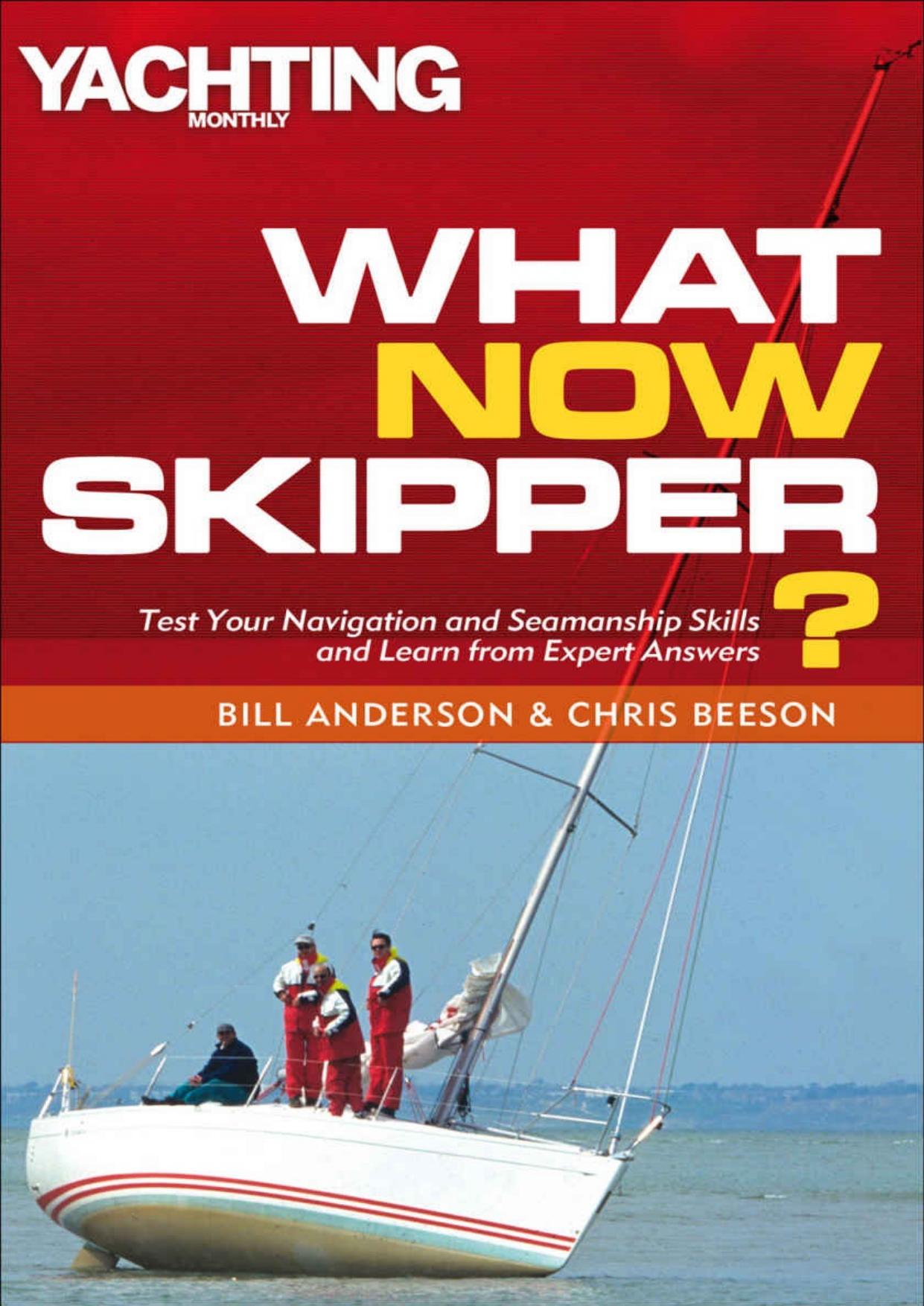What Now Skipper?: Test Your Navigation and Seamanship Skills and Learn from Expert Answers (Yachting Monthly) by Bill Anderson & Chris Beeson

Author:Bill Anderson & Chris Beeson [Anderson, Bill]
Language: eng
Format: epub, pdf
Publisher: Bloomsbury Publishing
Published: 2009-10-13T23:00:00+00:00
19
HEAVY LIFT?
Q Joyce and Michael had been sailing together for over 30 years, the first 10 with their children as crew and the last 20 as a couple. They’d never really discussed who was responsible for what on the boat, they had each just assumed responsibility for the tasks that seemed best suited to their skills. Michael, as the larger and heavier, took on most of the physical tasks, while Joyce had a natural bent for anything to do with numbers, so looked after the navigation, weather forecasts and anything to do with the VHF. Steering and domestic chores were shared more or less evenly.
Their trip south to Northern Spain was their longest passage, and they had been apprehensive about setting out from the Camaret for the Biscay crossing to La Coruña. The first day and a half saw a moderate northerly breeze with easy sailing and they had been making good progress under full main and boomed-out genoa. There had been little sign of any other boats.
Early in the evening of their second day at sea the wind started to back and freshen – nothing dangerous, but to hold their course they needed to take the spinnaker boom off the genoa and gybe it across onto the same side as the main. They had been enjoying the late afternoon sunshine in the cockpit, the autopilot coping well with the steering, when Michael clipped his harness line to the jackstay and went forward to see to the spinnaker pole.
It should have been a simple enough job with the weather sheet rigged as usual, free to run through the pole-end fitting, but to reduce chafe they had clipped the pole to the stainless O-ring in the clew of the genoa. Michael decided that the simplest way to unrig the pole would be to slacken the topping lift, unclip the inboard end of the pole from the mast, run it inboard and unclip the outboard end from the clew of the sail.
He pulled the release lanyard to free the pole from the mast and pushed to clear it from the ring. It needed all his weight to shift it, but just as he did, a harder gust of wind struck. He lost his grip on the pole and it fired like a huge arrow, straight into his shoulder. He yelled in agony, tottered backwards, tripped over the guardrail and did a backwards half somersault into the sea, cracking his head on the topsides.
It took Joyce less than 30 seconds to disconnect the autopilot, heave the boat to and assess the situation. Michael was floating alongside attached by his harness line, his right shoulder broken or dislocated and blood oozing from the top of his head.
Put yourself in Joyce’s position: you are over 100 miles from land, no other vessel in sight and your partner, who is almost twice your weight, is in the water, semi-conscious and unable to help himself.
What would you do?
Download
What Now Skipper?: Test Your Navigation and Seamanship Skills and Learn from Expert Answers (Yachting Monthly) by Bill Anderson & Chris Beeson.pdf
This site does not store any files on its server. We only index and link to content provided by other sites. Please contact the content providers to delete copyright contents if any and email us, we'll remove relevant links or contents immediately.
The River by Peter Heller(2258)
Breath by James Nestor;(2231)
Sea Survival Handbook by Keith Colwell(2199)
Fatal Storm by Rob Mundle(2174)
Deep by James Nestor(2142)
Lonely Planet Australia by Lonely Planet(2034)
Iced In by Chris Turney(1959)
Discover Australia by Lonely Planet(1906)
Lonely Planet Maldives (Travel Guide) by Planet Lonely & Masters Tom(1800)
One Girl One Dream by Dekker Laura(1639)
Looking for a Ship by John McPhee(1630)
Chicken Soup for the Ocean Lover's Soul by Jack Canfield(1603)
Ten Degrees of Reckoning: The True Story of a Family's Love and the Will to Survive by Hester Rumberg(1601)
Lonely Planet Australia (Travel Guide) by Lonely Planet & Lonely Planet(1553)
South with the Sun by Lynne Cox(1542)
The Wave In Pursuit of the Rogues, Freaks and Giants of the Ocean(1507)
Diver Down by Michael Ange(1471)
Marlinspike Sailor's Arts and Crafts by Barbara Merry(1455)
The Golden Rules: 10 Steps to World-Class Excellence in Your Life and Work by Bob Bowman & Charles Butler(1431)
